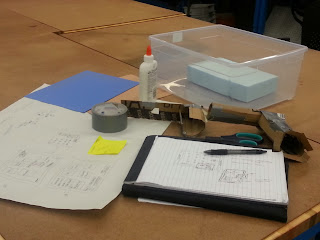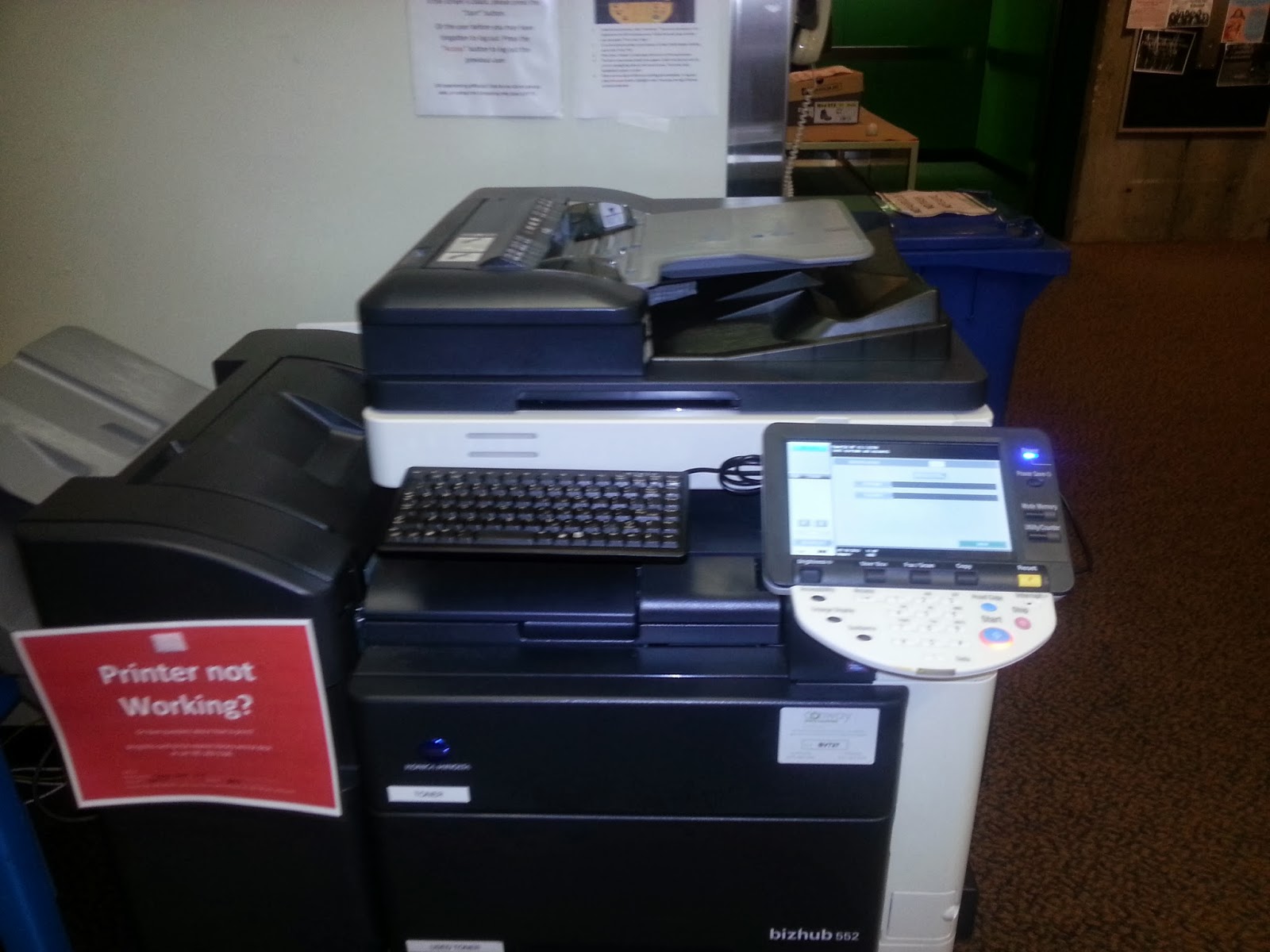Manufacturing 101: Prototyping -- MFDs

In the previous post, I critically analyzed the multi-function devices being used at Wellesley and one of the most popular noted issues with these machines is the existence of poor mapping in the touchscreen and the keypad. Hence, I decided that the prototype of choice would be a new interface for those features of the MFDs, helping students and faculty navigate them. In designing a new interface, I first thought about the many comments other students expressed to me. Also, while keeping those notes in mind, I went to the MFD in the Science Center and played with it some more, in order that I could have a more critical eye and notice the pros and the cons of the device. I also took measurements of the screen and keypad for future reference. The first thing I personally noticed was how cluttered the screen looks and the lack of "common sense" functions and terms. Then, I turned to the complimentary keypad: it is abnormally shaped and holds several buttons placed inconve
